In most cases, bath fans stop working because either the motor has burned out or the power supply doesn’t exist. Here we will look into the possible reasons for a bathroom fan stopped working and how to get it fixed as a DIYer.
Reasons a Bathroom Fan Stopped Working
A tripped circuit breaker
If your bathroom fan got tripped, the circuit breaker should be reset. Unfortunately, this is an overlooked issue. It will depend on the configuration of the electrical system to what reaction you get.
Your bathroom may still have power even if your fan circuit trips. Yet, some parts of your house may completely lose power.
Burned out motor
The most common cause of a bathroom fan not turning on is a burned-out motor. Unless your fan is brand new, the motor is most likely the culprit.
Bad fan switch
The switch that activates the fan can be a cause. For example, there might be a wiring problem or a faulty switch causing the switch not to get power.
Loose or faulty wiring
A failed fan can also be an electrical wiring issue. This may be due to a wiring issue with the fan or in the home itself. This may be the cause if your light and fan stop working together. The other cause may be a tripped circuit breaker or GFCI.
Dust buildup
It is very common for extractor fans to fail due to dust, mold, or mildew. Your bathroom fan removes moisture from the space. This avoids the bacterial growth of mold and mildew.
How Do You Check It?
Electric voltage test
You can use any voltage tester but the best choice is the MultiMeter.
While the fan is on, test the different components of it with your voltage tester.
Your fan’s motor, switch, and wiring can be tested to see if the fan is working and receiving power. The test can also pinpoint solutions when the bathroom fan will work but not the light.
Toilet paper test
It can be difficult to identify whether modern and green fans are running as they are quiet. One method involves checking the toilet paper. While the fan is running, cover it with a square of toilet paper.
Due to the suction created by the fan, toilet paper should stick to the grill cover.
You should see the fan fall to the ground once you turn it off. The fan isn’t working properly or is losing suction when the toilet paper doesn’t stick to the cover.
What To Do If Your Bathroom Fan Stopped Working
Things you need to fix a bathroom fan
- Dishwashing soap
- Cleaning brush and cloth
- Vacuum and different attachments
- Electrical sensor
- Screwdriver
If the bathroom fan has power but is defective
Step 1: Clean the cover
Add warm water with a few drops of dish soap in the bathroom sink. After soaking the cover in soapy water for a few minutes, use a brush or cloth to scrub the surface. Set it aside to air dry.
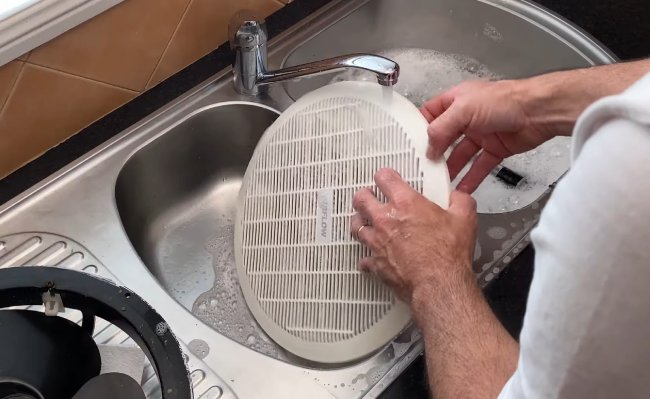
Step 2: Check the fan blades
Remove most of the dust with a vacuum attachment that fits into crevices. For the fan motor and fan housing, switch to a brush attachment. Don’t use too much pressure.
Now get rid of the dry dust from the fan components and housing, wipe them down with a damp microfiber cloth.
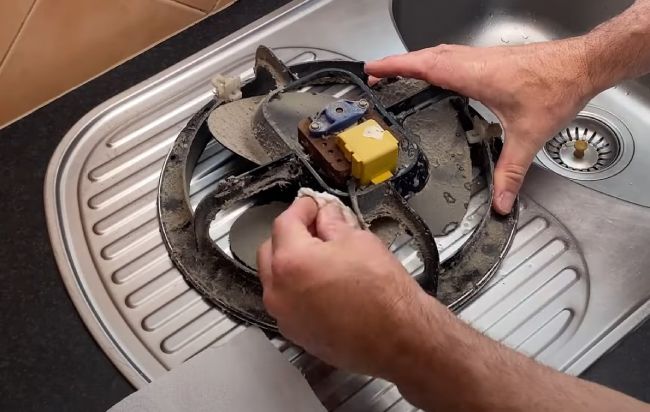
Step 3: Inspect the vents for clogs or defects
The fan may operate but not actually spin if the vent is clogged. The vent might need to be replaced if the problem still persists after you’re done clearing out the obstructions and cleaning.
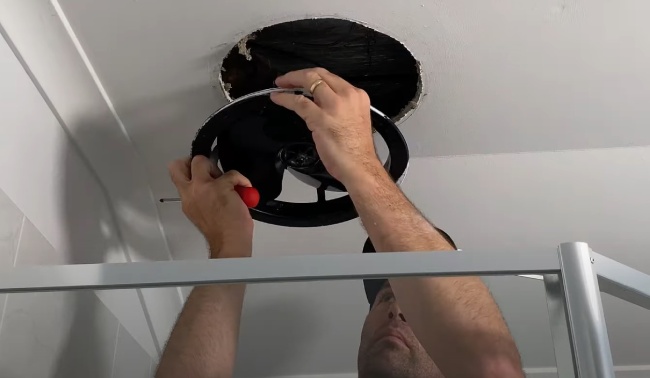
If the bath fan has no power
Step 1: Check the circuit breaker
There should be no tripped breakers on your circuit breaker and if you find one, fix it.
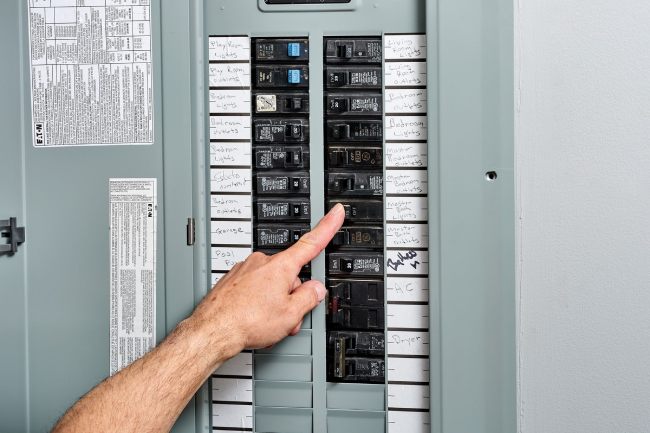
Step 2: Check the GFCI circuit
Make sure your GFCI doesn’t switch. You will find the circuit on many bathroom outlets; i.e., the red and black “on/off” buttons.
If this is the problem, make sure that there aren’t too many devices using that circuit.
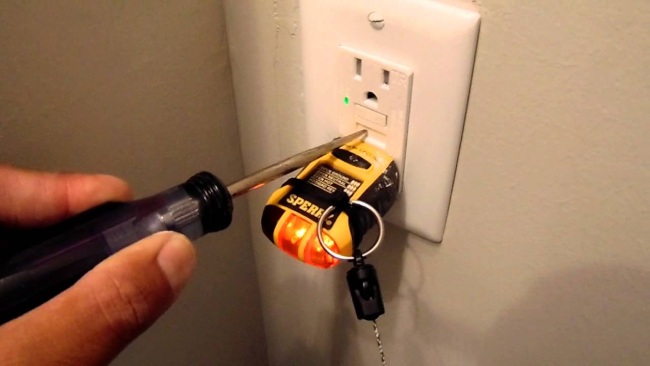
Step 3: Check the wall switch
Test the current with an electrical sensor with the cover off and power on. Switch the power on and off. It can be difficult to get them replaced, so consult a professional.
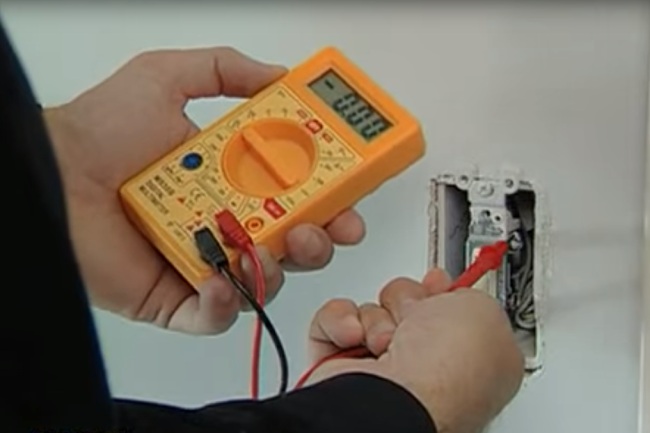
Step 4: Check the housing outlet
Use a screwdriver and/or a wrench to tighten loose housings.
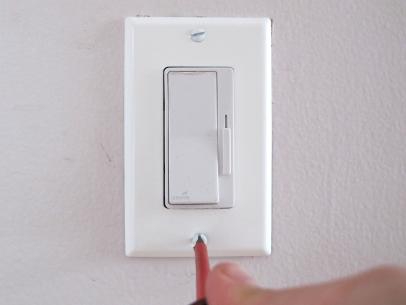
Step 5: Check the motor
You better replace a defective motor to prevent further problems.
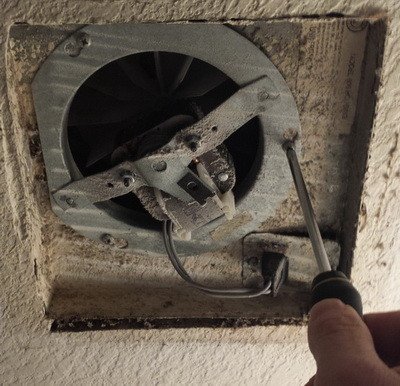
If you need to replace the fan motor
Step 1: Remove the motor from the plate
Open the fan and remove the grille, which is usually held in place with spring clips. Most grille covers are easily removed. Now wipe or vacuum any dust away.
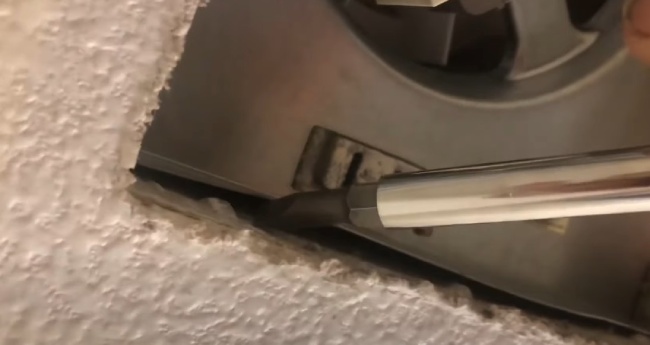
Step 2: Write down the model number
The housing of the unit usually has this information. It will also be in the manual if you have one.
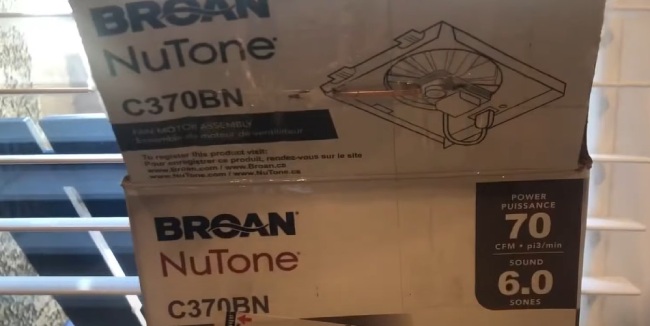
Step 3: Search online for a replacement
Find an appliance parts dealer to purchase a fan replacement motor online. Once you have the part, you are ready to proceed.
Step 4: Reinstall the plate into the housing
Replacing the fan motor is as simple as reversing this process. Just make sure the main circuit breaker is shut off before conducting any work and the fan grille plate is securely fastened. Only then turn the power on and test it.
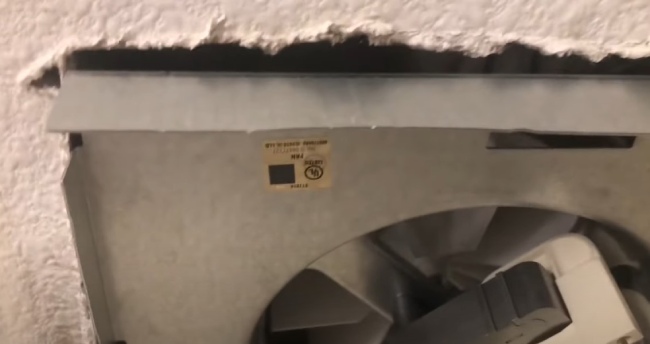
Warning and safety tips for working on bathroom fans
- Turn the bathroom breaker off
- The fan power switch should be in the off position
- Make sure your step ladder is sturdy
- Keep the floor dry To prevent slipping
- Protect your eyes from dust and debris by wearing safety glasses
FAQ
Q. How long does a bathroom fan last?
A bathroom fan’s motor lasts 10 years before it fails. You can shorten or extend the lifespan of a fan based on how often you use it and how you maintain it.

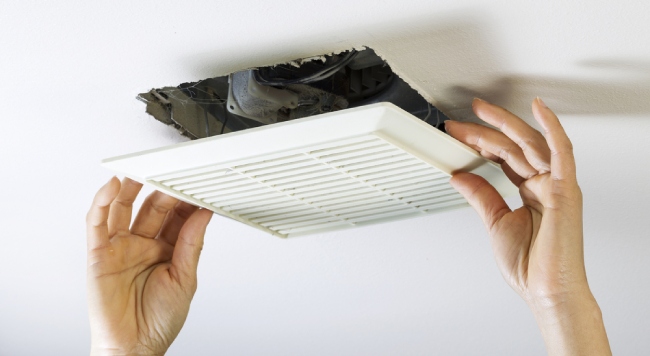






Leave a Comment